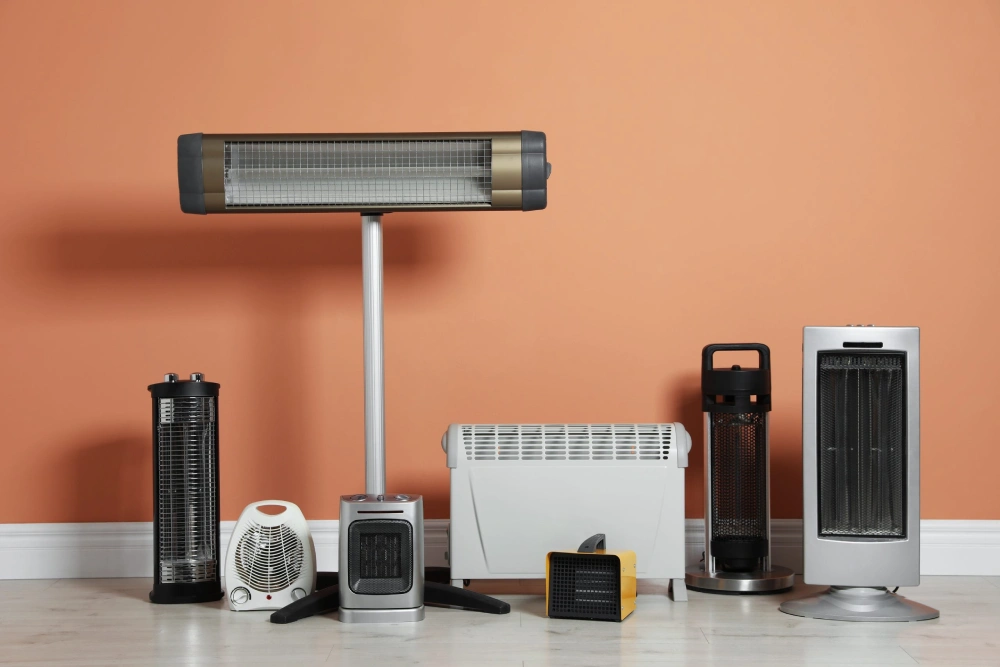
If you’re planning a van conversion, campervan insulation is one of the essential design stages you need to consider. Without proper insulation your campervan will get cold in the winter and retain too much heat in the summer.
Most van conversions use a panel van as a base, however, the thin metal walls of the vehicle allow for easy temperature transfer and will equalise to the external temperatures. Installing good insulation will slow this process down, so that you stay comfortable in your home on wheels no matter the weather outside.
In this blog, we’ll answer some of the common questions surrounding campervan insulation and why it is essential for any van conversion.
Why Should You Add Campervan Insulation?
The chassis of a van is essentially a metal box and metal is one of the best conductors of heat. A process also known as thermal conductivity.
This may be useful when transporting goods in a van as it can keep them fresher in cold weather, but ultimately it’s not a good thing. Especially if you’ll be using your van for road trips because it means your campervan will be like a fridge in the winter and an oven in the summer.
To prevent this from happening, you need to add a layer of campervan insulation as well as a vapour barrier between the metal of the chassis and the internal lining that goes on top of it.
What Insulation to Use in a Campervan
The best materials to use for insulating your campervan are the ones with low “K-rating”, which is also known as W/mK.
This rating indicates how much heat passes through a specific type of material, or in other words how conductive it is. The lower the number is, the better. This means that the material doesn’t let heat escape your van and also stops the outside heat from coming in.
There are a few materials which are usually preferred for insulating van conversions. The first one of them being Polyisocyanurate (PIR) boards. This is one of the lowest rated materials available with a typical rating of 0.022 W/mK. The great advantage of PIR boards is that they can easily be cut to a needed size, which makes them ideal for ceiling, floor and larger wall areas.
Spray foam is another one of the insulation materials commonly used on van conversions. It’s useful for filling in gaps and securing insulation boards in place. Once it’s sprayed it expands, so be careful not to apply too much.
Other options are rockwool or sheep’s wool. These materials are a more sustainable solution and still provide a good level of insulation. This is usually a great material to use for doors, walls or even floors and ceilings, because it comes in rolls which makes it easy to use.

How to Insulate a Campervan
Insulating your campervan seems like a straightforward process and for the most part it is. However, if you don’t have experience with hardware work it might not be a good idea to attempt doing it yourself and should seek the help of a professional.
But if you do want to insulate your campervan yourself, it’s always recommended to start from the floor and ceiling first. These areas take the largest section of insulation boards and you’ll probably end up with some offcuts that can be used in smaller areas.
Campervan Floor Insulation
To insulate the floor you’ll need to create a grid of timber battens to add a solid structure which can support your weight. Secure the wood to the floor using solvent-free adhesive or short self-tapping screws. If you’re using the second method make sure to treat any screws with anti-rust products to prevent any issues in the future.
Cut the insulation boards to size and fill the timber grid, then run insulation tape around the joints. Afterwards you can lay down the sub-floor which will seal everything and also give you a solid base to stand on while doing the rest of the project.
Ceiling Insulation
You might find doing the ceiling insulation a bit trickier. You can use “stick pins” to make the job easier. They have self-adhesive heads which can stick to the metal ceiling. All you have to do is push the insulating material onto the pins and secure it with the caps provided with the pins.
This will prevent the boards from falling while you work on the ceiling insulation. Any awkward gaps can be filled with expanding foam which will also keep the boards in place nicely.
Walls and Doors Insulation
The larger panels on the side can be insulated using PIR boards, while for smaller areas you can use fibre style materials.
Don’t worry about stuffing the material as the fibre won’t work as effectively if it’s too compacted. As before, use expanding foam to fill any gaps.
Why You Should Add a Campervan Thermal Barrier
Water condensing on the cold metal of the van can get into the insulating materials and cause issues down the line. To prevent this you have to create a vapour barrier which will prevent condensation.
You can get rolls of thermal foil, which can be used to cover the whole inside of the van. To secure the foil close up any gaps you can use insulation tape. Don’t forget to pull through any pipes and wires.
Redline Campers Insulation
Our Redline campervan conversions are fully-fitted, and ready for the road. We use high quality wool and felt blend to create a thermo-shield insulation that keeps you van nice and cool in summer and warm in winter. Browse our brochure to discover all of the features of our campers. If you have any questions simply contact us and we’ll be more than happy to help.

